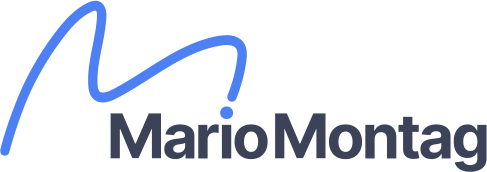I recently listened to a great podcast where Patrick O’Shaughnessy interviewed Justin Ishbia, Founding Partner of Shore Capital. The discussion was packed with insights for anyone in the business of acquiring small companies.
Justin has completed over 600 acquisitions, deploying $7 billion in capital, with an average transaction size of just $12 million. That level of deal flow is staggering. The only way to manage it effectively is with a well-defined, repeatable operating process and a great team.
There was so much value in this interview (link at the end), but I decided to focus on a topic that, while not flashy, is critically important: the composition of your board.
Learning from Past Mistakes
From my personal experience, I failed to build the right Board of Directors (BOD) when I ran Predikto. Investors received a few seats, and I had to fight to fill a single independent seat with someone I chose rather than a buddy of my lead investor. Other than that one independent director, who had relevant industry experience, my board didn’t provide much strategic value. To make matters worse, my lead investor had an observer seat, and this observer turned out to be one of the most opinionated participants in the board meetings. Do not easily grant observer seats to another investor.
Reflecting on this, I see the value of intentional board design—a lesson Justin reinforced in his interview. Here are his key takeaways on structuring an effective board for companies in the $3M EBITDA range, typically with 5 to 7 board members.
1. Build a “Basketball Team” Board
Justin compares assembling a board to building a basketball team. You wouldn’t have five point guards—you’d want a mix of specialists: a point guard, a power forward, and a center. Each board member should bring a unique strength to the table.
2. Industry Veterans Who’ve Scaled Larger Businesses
Why It Matters:
- Shore Capital seeks at least two board members who have run businesses in the same sector at a significantly larger scale (often 3x the size of the acquired platform).
- These veterans understand the voice of the customer, supply chain intricacies, and the challenges of scaling operations.
3. Functional Discipline Experts
Key Roles to Fill:
- A CFO-type board member who can dive deep into the numbers, focusing on financial structure and cost efficiency.
- Depending on the industry, additional board members might have expertise in marketing, operations, or technology—individuals who have led similar functions at more mature companies.
4. Adjacent Industry Perspectives
Bringing in Outside Best Practices:
- A few board members should come from adjacent industries.
- These members provide fresh cross-industry insights, new frameworks for problem-solving, and innovation from parallel sectors.
6. Board Members as Mentors & Ecosystem Builders
Guidance for First-Time CEOs:
- Many small business acquisitions involve first-time CEOs. The right board members don’t just advise; they mentor.
- They open doors, provide strategic insights, and act as a sounding board for leadership.
Cross-Pollination Across Boards:
- At Shore Capital, one-third of board members serve on multiple boards.
- This creates an ecosystem where best practices are shared, and a sense of community is built across portfolio companies.

Final Thoughts
An effective Board of Directors isn’t just a rubber stamp—it’s a strategic asset. The ideal board is:
✅ Majority independent
✅ Diverse in expertise and background
✅ Financially aligned through equity
✅ Designed to challenge and guide leadership
For CEOs acquiring small businesses, intentional board design can make or break the company’s trajectory. Take the time to build the right team—not just a group of investors, but a board that actively contributes to long-term success.
Click here to listen to the full interview.
